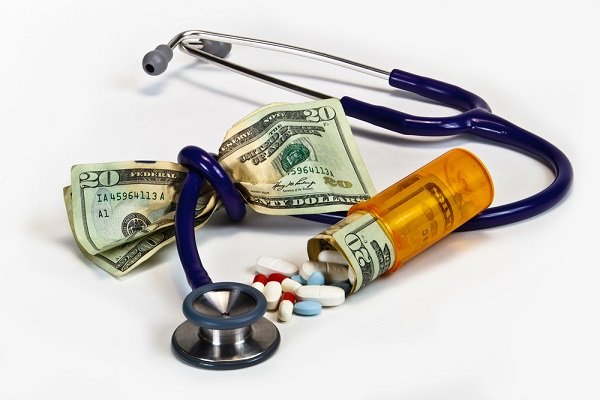 Medicaid recipients get the biggest dollar value in health care as a percentage of their income, while those with employer-sponsored health insurance get the smallest dollar value. (Photo: Shutterstock)
Medicaid recipients get the biggest dollar value in health care as a percentage of their income, while those with employer-sponsored health insurance get the smallest dollar value. (Photo: Shutterstock)
While higher-income Americans may pay the most in dollars toward the nation's health care system, what they fork over pales in comparison as a share of income to what the nation's poor have to cough up.
So says a new RAND Corporation study, which finds not only is the system regressive, but families in the highest-income group (out of five) pay 16 percent of their income toward health care while households in the bottom fifth pay an average of 33.9 percent of their income toward health care.
The middle three groups are on the hook for between 19.8 percent and 23.2 percent of their income. Health care spending itself accounted for nearly 18 percent of the U.S. gross domestic product in 2015, the year for which data was used from the Survey of Income and Program Participation, the Medical Expenditure Panel Survey, the Kaiser Family Foundation/Health Research Education Trust Employer Health Benefits Survey, the American Community Survey and the National Health Expenditure Accounts.
Related: States coming up short on health care affordability
"Our findings suggest that health care payments in the United States are even more regressive than suggested by earlier research," says Katherine G. Carman, lead author of the study and a senior economist at RAND. "As national discussions continue about health reform and health equity, it's important to understand how the current health care system distributes costs and payments."
Whether it's in obvious ways like paying premiums and out-of-pocket costs or "less-visible ways such as employer-paid premiums and taxes," the report says, "ultimately all health care costs are paid by households." But the lowest-income households in need of long-term care are the ones bearing the highest cost, since they have to spend down assets in order to qualify for public benefits.
Out-of-pocket spending, not counting insurance premiums, only amounts to 9.1 percent of health care costs. Most health care costs are met via health insurance premiums and taxes, with payments to finance health care averaging out to $9,393 per person, or 18.7 percent of average household income.
Medicaid recipients get the biggest dollar value in health care as a percentage of their income, while those with employer-sponsored health insurance get the smallest dollar value. The three lowest-income groups all receive more health care services than they pay for through all forms of payments, the study adds, while the fourth income group comes out more or less even between payments and the dollar value of care received. The highest-income group actually pays much more into the system than they receive in health care services.
Read more:
© 2025 ALM Global, LLC, All Rights Reserved. Request academic re-use from www.copyright.com. All other uses, submit a request to [email protected]. For more information visit Asset & Logo Licensing.







